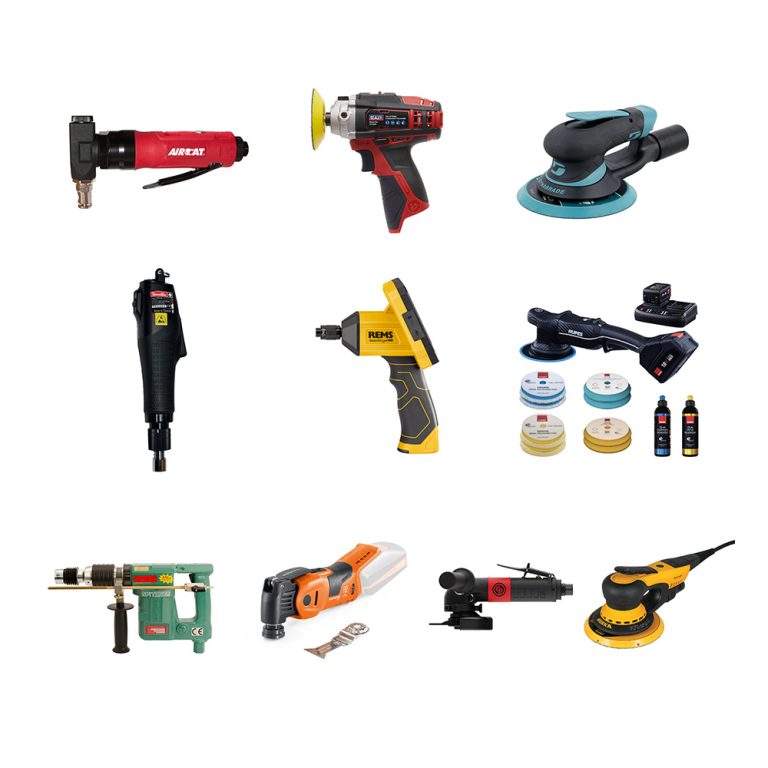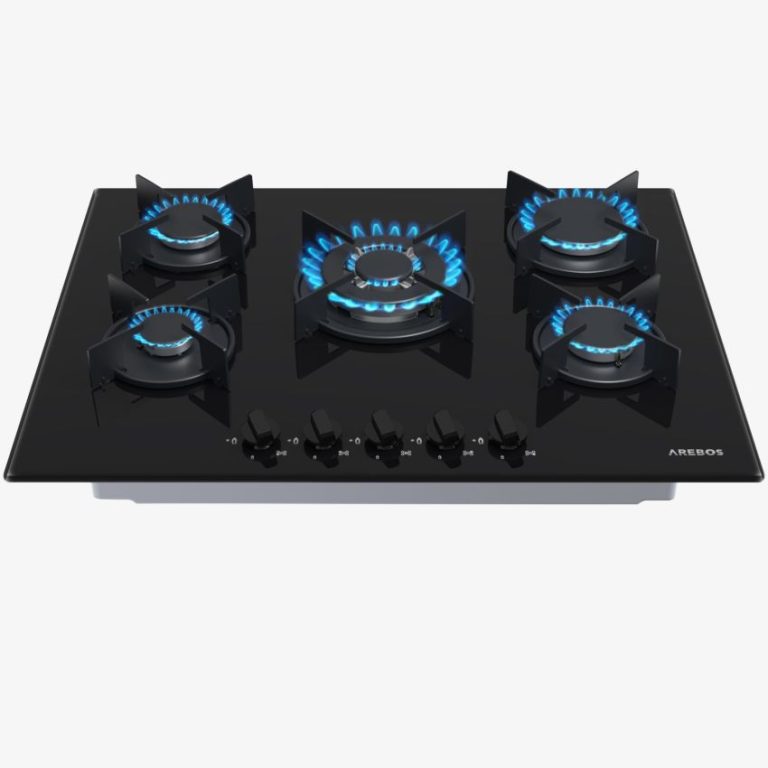
Multimeter: Your Key to Electrical Mastery
Understanding the Basics of Multimeters
Multimeters serve as indispensable tools for anyone working with electrical systems. These versatile devices measure various electrical properties, including voltage, current, and resistance. Electricians, engineers, and hobbyists alike rely on multimeters to diagnose electrical issues and ensure safety. The device typically features a digital display, though analog versions still exist. Most multimeters come equipped with two probes: a red one for positive connections and a black one for negative or ground connections.
Users can select different measurement modes using a dial or buttons on the device. Modern multimeters often include additional features like capacitance measurement, continuity testing, and even temperature sensing. Understanding how to use a multimeter correctly can significantly enhance one’s ability to work with electrical systems effectively. Moreover, it can help prevent accidents and ensure the proper functioning of electrical devices and circuits.
Types of Multimeters: Digital vs. Analog
Multimeters come in two main types: digital and analog. Digital multimeters (DMMs) have become increasingly popular due to their ease of use and precise readings. They display measurements as numerical values on an LCD screen, making them easier to read and interpret. DMMs often include additional features like data hold, auto-ranging, and backlit displays. These features enhance usability and accuracy in various conditions. On the other hand, analog multimeters use a moving needle to display readings on a scale.
While less common today, some professionals still prefer analog multimeters for certain applications. Analog meters can be better for observing rapidly changing values or trends in measurements. However, they generally offer less precision than their digital counterparts. Both types have their strengths and weaknesses, and the choice often depends on personal preference and specific application requirements. Regardless of the type, proper usage and maintenance ensure accurate measurements and longevity of the device.

Key Functions of a Multimeter
Multimeters offer a wide range of functions, making them incredibly versatile tools. The most common functions include voltage measurement (both AC and DC), current measurement, and resistance measurement. Voltage measurement helps determine the electrical potential difference between two points in a circuit. Current measurement allows users to quantify the flow of electricity through a circuit. Resistance measurement helps identify the opposition to current flow in a component or circuit.
Many multimeters also include a continuity test function, which emits a sound when a complete circuit is detected. This feature proves particularly useful when checking for breaks in wires or connections. Advanced multimeters may offer additional functions like capacitance measurement, frequency measurement, and even temperature sensing. Some models include specialized modes for testing diodes and transistors. Understanding these functions and how to use them effectively can greatly enhance troubleshooting capabilities and overall electrical work efficiency.
Safety Precautions When Using a Multimeter
Safety should always be the top priority when working with electrical systems and using a multimeter. First and foremost, users should always read and follow the manufacturer’s instructions and safety guidelines. Wearing appropriate personal protective equipment, such as insulated gloves and safety glasses, is crucial when working with high voltages. Before taking any measurements, ensure that the multimeter and its probes are in good condition, with no visible damage or wear. Always select the appropriate measurement mode and range before connecting the probes to a circuit.
When measuring voltage, connect the probes in parallel with the component or circuit. For current measurements, the multimeter must be connected in series with the circuit. Never attempt to measure current by connecting the probes across a voltage source, as this can damage the multimeter and pose a safety hazard. Additionally, avoid using a multimeter in wet or damp conditions, and never exceed the device’s maximum rated voltage or current. By following these safety precautions, users can minimize risks and ensure accurate measurements.

How to Read a Multimeter Correctly
Reading a multimeter correctly is essential for accurate measurements and effective troubleshooting. For digital multimeters, the reading is displayed directly on the screen. Pay attention to the unit of measurement displayed alongside the numerical value. Most DMMs automatically adjust the decimal point and units, but some may require manual range selection. For analog multimeters, reading the scale requires more practice. The needle’s position indicates the measured value, and users must select the appropriate scale based on the range setting.
When measuring AC voltages or currents, the multimeter may display the RMS (Root Mean Square) value, which represents the effective value of the alternating signal. Some advanced multimeters offer additional display features like bar graphs or min/max value tracking. These can be particularly useful for observing fluctuations in measurements over time. Always ensure that the probes are properly connected and that the meter is set to the correct mode and range before taking a reading. Misinterpreting multimeter readings can lead to incorrect diagnoses or potentially dangerous situations, so it’s crucial to develop a thorough understanding of how to read the device accurately.
Common Applications of Multimeters
Multimeters find applications in a wide range of fields and situations. Electricians use them to troubleshoot wiring issues in buildings, check circuit breakers, and verify proper voltage levels. Automotive technicians rely on multimeters to diagnose car electrical systems, test batteries, and check alternator output. In electronics repair, multimeters help identify faulty components, test circuit board connections, and verify power supply voltages. Home DIY enthusiasts can use multimeters to check batteries, test household appliances, and ensure proper functioning of electrical outlets. In industrial settings, multimeters play a crucial role in preventive maintenance, helping technicians identify potential issues before they cause equipment failure. HVAC technicians use multimeters to diagnose problems in heating and cooling systems, checking thermostat connections and verifying proper voltage to components. Solar panel installers use multimeters to ensure correct voltage output and identify any issues with panel connections. Even in fields like audio engineering, multimeters can be useful for testing cables, speakers, and other electronic components. The versatility of multimeters makes them invaluable tools across numerous industries and applications.

Choosing the Right Multimeter for Your Needs
Selecting the appropriate multimeter depends on several factors, including intended use, required accuracy, and budget. For general household use or basic electronics work, a simple digital multimeter with voltage, current, and resistance measurement capabilities may suffice. However, professionals in electrical or electronics fields may require more advanced features and higher accuracy. Consider the maximum voltage and current ranges you’ll need to measure, as well as the level of precision required. Look for features like auto-ranging, which simplifies measurements by automatically selecting the appropriate range. If you’ll be working in poorly lit areas, a backlit display can be very helpful.
For outdoor use or rugged environments, consider a multimeter with a durable casing and weather resistance. Some multimeters offer data logging capabilities, which can be useful for monitoring changes over time. True RMS measurement capability is important for accurately measuring non-sinusoidal AC waveforms, common in many modern electronic devices. Don’t forget to consider the quality and durability of the test probes, as these are crucial for safe and accurate measurements. Ultimately, the best multimeter is one that meets your specific needs while providing reliable and accurate measurements.
Maintaining and Calibrating Your Multimeter
Proper maintenance and regular calibration ensure the longevity and accuracy of your multimeter. Start by keeping the device clean and dry, using a soft cloth to wipe away dust and debris. Avoid using harsh chemicals that could damage the casing or display. Store the multimeter in a cool, dry place when not in use, preferably in a protective case. Regularly inspect the test leads for signs of wear or damage, and replace them if necessary. Check the battery regularly and replace it when needed to ensure accurate measurements. Many multimeters have a low battery indicator to help with this.
Calibration is crucial for maintaining accuracy, especially for professional use. While some high-end multimeters have self-calibration features, most require periodic professional calibration. The frequency of calibration depends on usage and the level of accuracy required, but annual calibration is common in many industries. Some organizations may have specific calibration requirements or schedules. Keep a record of calibration dates and results for reference and quality assurance purposes. By maintaining and calibrating your multimeter regularly, you can ensure reliable measurements and extend the life of your device.

Troubleshooting Common Multimeter Issues
Even well-maintained multimeters can sometimes encounter issues. One common problem is inaccurate or fluctuating readings. This can often be resolved by checking and replacing the battery, or ensuring proper contact between the probes and the measured points. If the problem persists, the multimeter may need calibration or repair. Another issue is a completely blank or frozen display. In this case, try resetting the device by removing and reinserting the battery. If that doesn’t work, the display or internal components may be faulty. Sometimes, a multimeter may fail to change modes or ranges when the selector switch is turned.
This could indicate a problem with the switch mechanism or internal connections. In such cases, professional repair may be necessary. Continuity testers that fail to beep or light up could have issues with the buzzer or LED. Check the test leads and ensure the multimeter is set to the correct mode. If a specific function of the multimeter stops working while others remain operational, it could indicate a problem with that particular measurement circuit. For any persistent issues, consult the manufacturer’s troubleshooting guide or seek professional repair services. Remember, attempting to repair a multimeter without proper knowledge can be dangerous and may void the warranty.
Advanced Multimeter Techniques and Tips
Mastering advanced multimeter techniques can greatly enhance your electrical troubleshooting capabilities. One useful technique is relative measurement, available on many digital multimeters. This function allows you to set a reference point and measure deviations from it, useful for identifying small variations in circuits. Another advanced feature is peak hold, which captures and displays the highest measured value. This can be particularly useful when dealing with fluctuating signals or intermittent faults. Some multimeters offer data logging capabilities, allowing you to record measurements over time for later analysis. This can be invaluable for identifying trends or intermittent issues. When working with sensitive electronic components, use the low-impedance (Lo Z) mode if available.
This helps eliminate ghost voltages caused by capacitive coupling in inactive circuits. For automotive work, some multimeters include specific modes for testing things like duty cycle or dwell angle. These can be extremely helpful for diagnosing ignition system issues. When measuring very low resistances, use the four-wire measurement technique for increased accuracy. This method eliminates the resistance of the test leads from the measurement. Finally, always double-check your measurements using different ranges or even a second multimeter when working on critical or potentially dangerous systems. By mastering these advanced techniques and tips, you can unlock the full potential of your multimeter and become more proficient in electrical troubleshooting and analysis.

